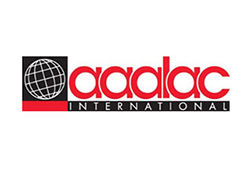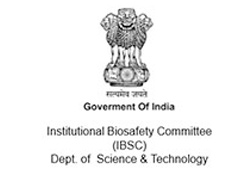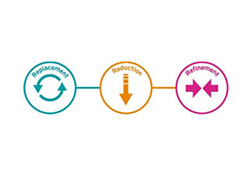Understanding Allergic Reactions and the Importance of the Guinea Pig Maximization Test
Introduction :
The Guinea Pig Maximization Test (GPMT) is a method used in the biological evaluation of medical devices to assess the potential for a test material or device to induce delayed hypersensitivity (allergic) reactions. ISO 10993-10 provides guidelines for conducting the Guinea Pig Maximization Test. In this blog we will provide an in-depth look at the key procedures and considerations involved in the guinea pig maximization test:

Understanding Allergic Reactions :
Allergic reactions are excessive responses of the immune system to substances that are normally harmless to the majority of individuals. In the context of medical devices, these reactions can shown as contact dermatitis, inflammation, or other hypersensitivity responses upon exposure to certain materials or components. These allergic reactions can be caused by due to various reasons and the effects of these reactions can range from mild irritation to serious Anaphylaxis. It is recommended to evaluate the medical devices before the clinical use.
Advantages of the Guinea Pig Maximization Test :
The Guinea Pig Maximization Test offers several advantages in the evaluation of medical devices and materials:
Predictive Value :
The Guinea Pig Maximization Test simulates repeated exposure to test material and offers information about the probability of causing allergy reactions in human subjects under similar conditions.
Standardization :
Guidelines such as ISO 10993-10 ensure standardized procedures and evaluation criteria, facilitating comparisons across different studies and materials.
Regulatory Compliance :
It often requires the Guinea Pig Maximization Test as part of the pre-market assessment of medical devices, demonstrating compliance with safety and efficacy standards.
Here are the general considerations and steps for conducting the test in accordance with ISO 10993-10:
1. Objective and Scope :
Clearly define the objective of the Guinea Pig Maximization Test for the specific medical device or test material. Identify the scope of the test, including the duration of exposure and the specific endpoints being assessed.
2. Selection of Animals:
Choose appropriate test animals, typically albino guinea pigs, for conducting the test. Ensure that the selected species is relevant to the intended use of the medical device.
3. Sensitization Phase (Induction):
Sensitize the guinea pigs to the test material during the induction phase. This usually involves the application of the test material to the skin, often with an adjuvant to enhance sensitization. Follow the specific procedures outlined in ISO 10993-10.
4. Challenge Phase:
Following the sensitization phase, challenge the guinea pigs with the same test material to induce a delayed hypersensitivity reaction. This phase helps evaluate whether the animals have developed an allergic response.
5. Observations and Scoring:
Observe the guinea pigs for any signs of erythema, edema, or other skin reactions during the challenge phase. Assign scores based on the severity of reactions. ISO 10993-10 provides a scoring system for these observations.
6. Positive and Negative Controls:
Include positive and negative control groups in the test. Positive controls typically include known sensitizers, while negative controls help establish a baseline for comparison.
7. Data Analysis:
Analyze the data collected during the study, including observations, scores, and any observable signs of delayed hypersensitivity. Evaluate the sensitization potential of the medical device or test material.
8. Reporting:
Prepare a comprehensive report summarizing the experimental design, test conditions, observations, scores, and conclusions. Include any relevant information on the medical device, its composition, and processing conditions.
9. Quality Assurance and Compliance:
Ensure that the testing is conducted in compliance with ISO 10993-10 and any additional regulatory requirements. Implement quality assurance measures to maintain the integrity and reliability of the test results.
Conclusion
It's important to note that ISO 10993-10 provides general guidelines for conducting the Guinea Pig Maximization Test, and specific details may vary based on the nature of the medical device and its intended use. Laboratories conducting these tests should have expertise in biological evaluation and follow relevant guidelines to ensure accurate and reliable results.




